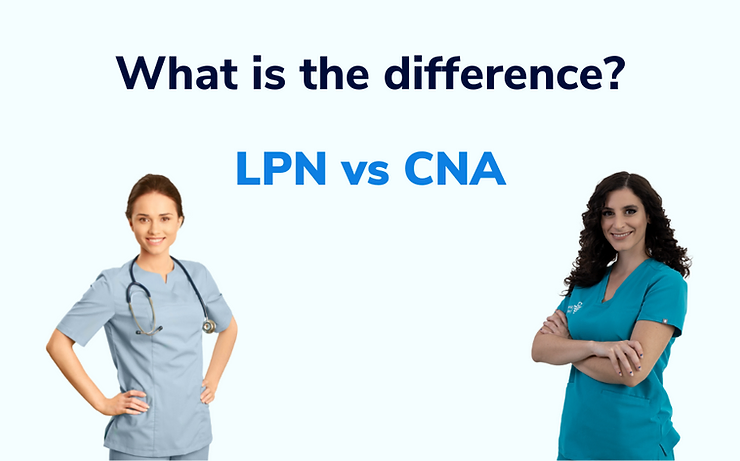- Vitawerks • February 8, 2023
Why There Is A Nursing Shortage In California

Nurse shortages in California are reaching a crisis point that will persist for the foreseeable future. The University of California San Francisco recently released a report on the impact of COVID-19 on the nursing workforce. Preliminary data from the 2020 Survey of California Registered Nurses and the final findings from the 2019-20 Annual RN Schools Survey indicate that many older RNs have left, while more are planning to leave in the next two years. All this has contributed to a 13.6% nursing shortage (around 40,567 nurses) that is expected to persist until 2026.
What are the reasons for the nursing shortages, you may ask? The most obvious culprit is COVID-19. Healthcare workers are working long, demanding hours to stop the spread of coronavirus and its more dangerous Delta variant. All the while, both they and their families are risking exposure to the virus. All this building stress has taken its toll. National Nurses United reports that over 53% of nurses felt increased stress during the pandemic, while 42% were more depressed. It is clearly a major reason, but blaming the turnover solely on COVID would not capture the truth of the nursing shortage.
It is possible that California’s vaccine mandates have added an extra layer to the issue. On August 5, the California Department of Public Health ordered that all health workers must be vaccinated. According to some accounts, traveling nurses have been quitting because of this vaccine mandate. Seeing as per-diem nursing has been one of the stop gap solutions to the current shortage, it is easy to see how this would cause a problem. On top of this, some hospitals still had hundreds of unvaccinated full-time HCPs in October. Anti vaccine-sentiments have complicated an already problematic nurse shortage.
ARPNs such as Nurse Practitioners were also asked to fill in. At the time of writing, legislatures are working to accommodate for this by rushing to expand the licensing and scope of practice for APRNs. Much like per-diem nurses, this is not a long-term solution. In this scenario, they would be expected to fill in as RNs on top of their pre-existing obligations. On top of the added workload, Nurse Practitioners filling in for the shortage may find it “demeaning” to fill as healthcare assistants. This is the wrong way to look at such work, but it is a genuine concern.
Then there is the issue of younger healthcare workers. Unemployment among younger, more inexperienced RNs has spiked, in parallel with the turnover of veterans. One would think that hiring these younger workers would solve the nursing shortage in California, along with the unemployment rate. Unfortunately, it is not that simple. Hospitals are understandably hesitant to trust a high risk global pandemic to newcomers. At the same time, this hesitation prevents these younger nurses from gaining experience to mature as professionals. Sadly, this problem remains self-perpetuating, with no easy answers in sight.
But to get to the root of this nursing shortage in 2021, we need to take an even further step back. As early as the 60s, nursing was identified as an incredibly stressful job, thanks to the physical labor, interpersonal relationships and human suffering that is integral to the profession. A more recent 2018 survey of 500,000 US nurse shone modern light on the burnout problem, pre-pandemic. It was found that among the nurses who were about to leave their professions (9.5% of the sample), 31.5% reported burnout as the main reason for their retirement. While nursing shortage statistics in 2021 have spiked, compared to previous years, it is clear that turnover has always been a problem in healthcare jobs and that COVID amplified them. UCSF professor Joanna Spetz said as much, claiming that the pandemic was actually “accelerating a broad trend that has been building for some time.”
So what is the reason for the nursing shortages in California? It is not one single issue, but multiple factors combined to create a brutal and hostile working environment for our healthcare providers. An unprecedented pandemic stressed long standing issues in the industry, thousands of young workers cannot gain the experience needed to work and anti vaccine sentiments are just the tip of this iceberg. For the nursing world to have any future, nurses have to look towards retaining veterans as mentors, while giving young nurses ample opportunities to develop. Otherwise, this healthcare worker shortage will stretch far beyond 2021.












